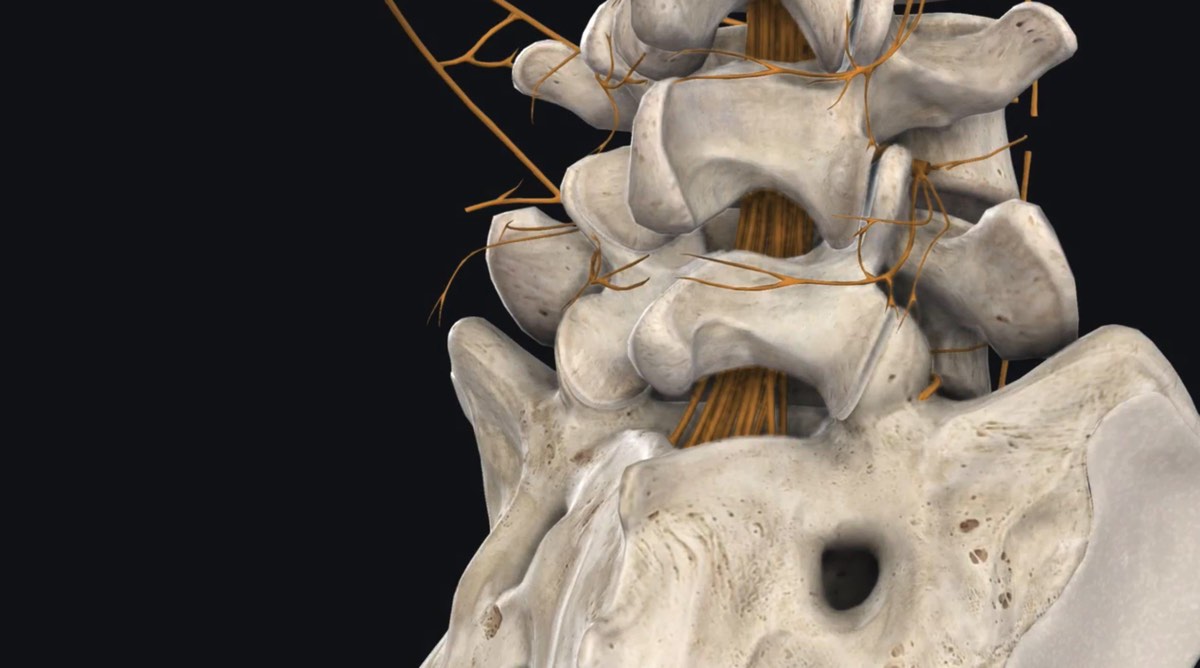NEW YORK (Reuters Health) – Outpatient infusions of ketamine can significantly improve the severe pain of complex regional pain syndrome, a chronic problem after trauma, a small study has found.
The exact pathophysiology of complex regional pain syndrome is unknown, but N-methyl-D-aspartate (NMDA) receptors are thought to play a key role, according to the researchers. Ketamine, which is a potent NMDA antagonist, has already been reported to relieve the condition, but earlier studies have involved several consecutive days of anesthetic doses, or continuous or nearly continuous sub-anesthetic doses.
In their pilot study, Dr. Robert J. Schwartzman and colleagues from Drexel University College of Medicine, Philadelphia, wanted to find a ketamine regimen that could potentially achieve the complete, long-lasting remissions seen with multiple days of anesthetic doses, but with sub-anesthetic doses in outpatients.
In the December 15th issue of Pain, the investigators report on 19 patients with severe, long-standing complex regional pain syndrome who were randomized to receive 4-hour infusions of ketamine (25 mL/h) or placebo each day for 10 days, with a limit of 25 mg/h over 4 hours. All subjects also received clonidine and midazolam.
The original plans called for 40 subjects. In fact, the trial was stopped after 19 patients had been accrued, because there was almost no placebo effect, whereas the 9 patients in the ketamine group had benefits immediately.
Ketamine produced significant improvements on scores for a 7-question pain questionnaire and on the short form McGill pain questionnaire. Data from activity sensors worn by each subject also suggested improvements in pain. No significant improvements in quantitative sensory testing or quality of life were noted, however.
Four of 9 patients in the ketamine group and 2 of 10 in the placebo group complained of nausea, headache, tiredness, or dysphoria at some point during the trial, but there were no serious adverse effects.
“The results of this study warrant a larger randomized placebo-controlled trial using higher doses of ketamine and a longer follow-up period,” the authors conclude.
Reference:
Pain 2009;147:107-115.









